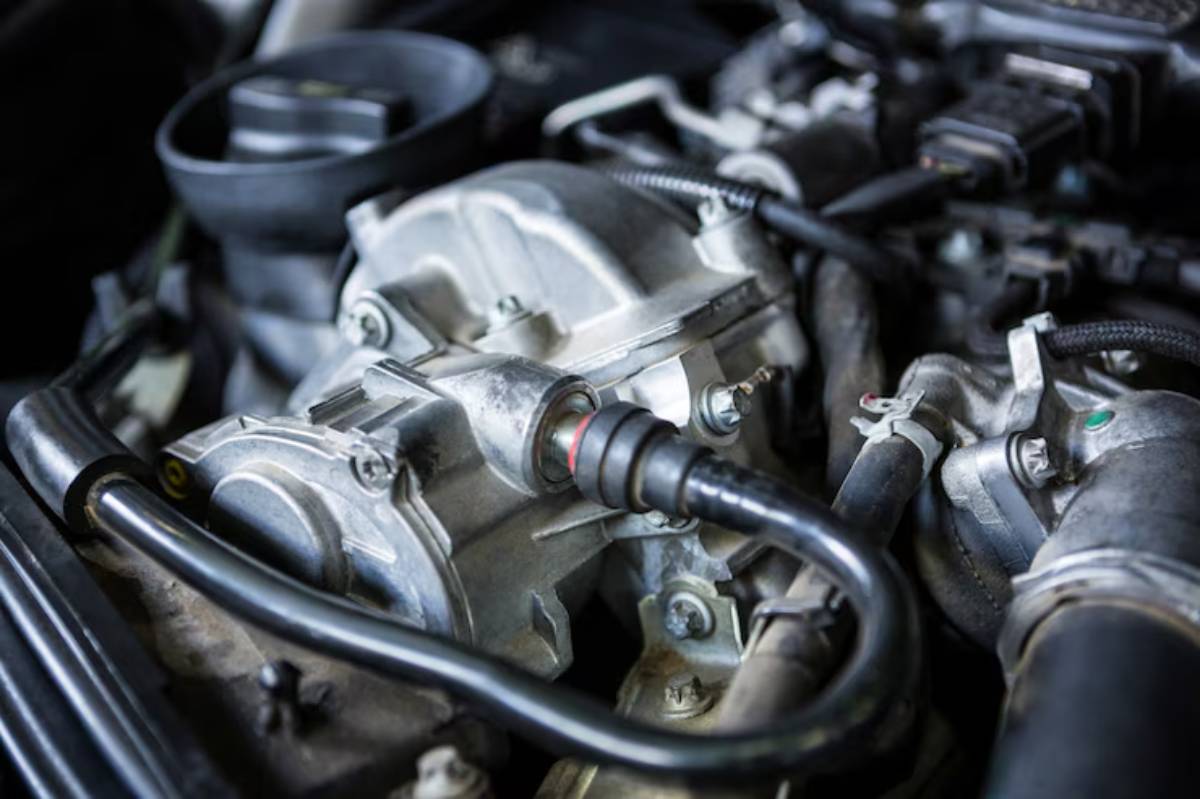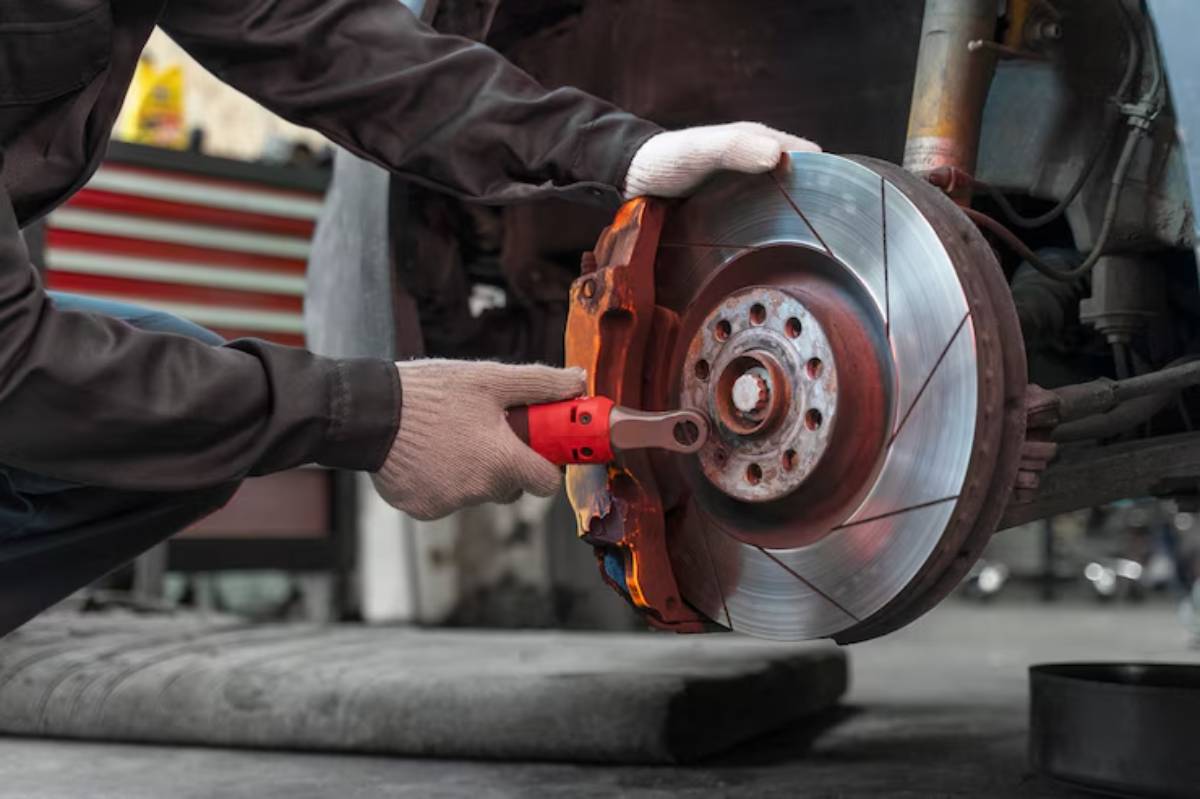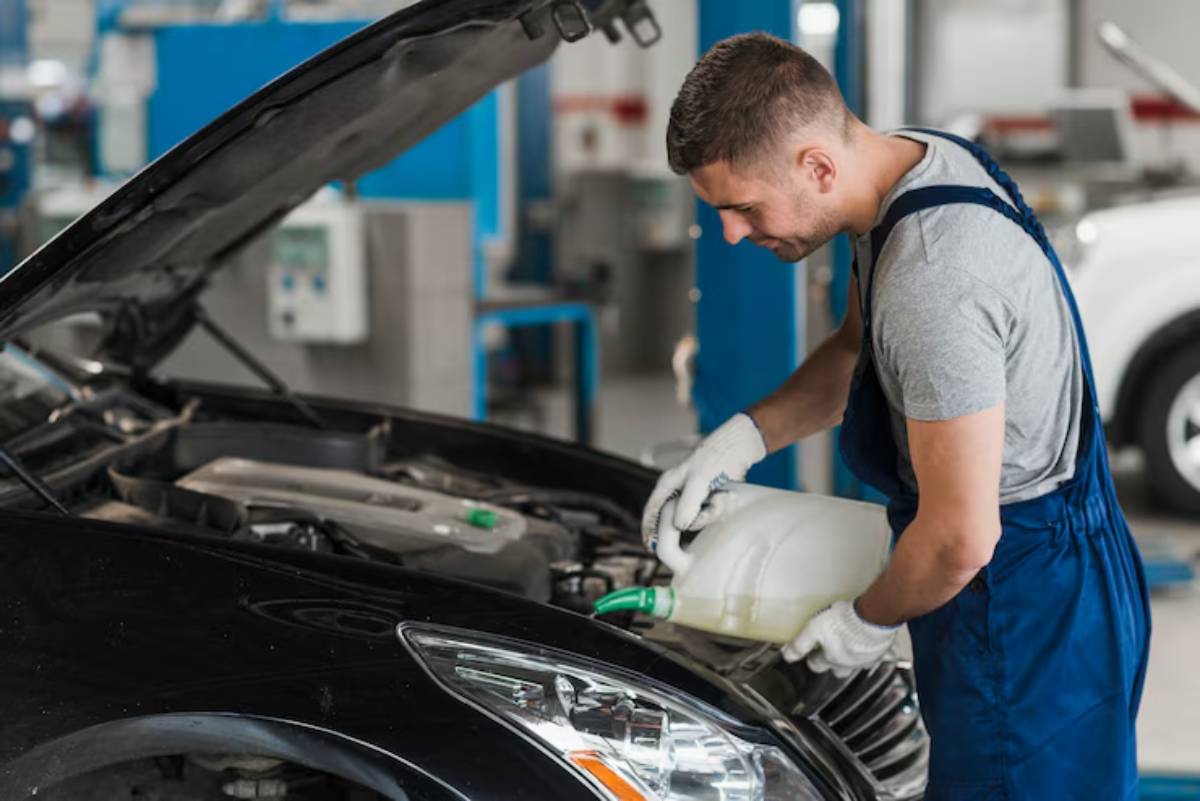
Maintaining Your Regenerative Brakes: A Hybrid Owner’s Guide
When you drive a hybrid, you’re doing more than just saving fuel — you’re embracing cutting-edge technology that works in the background to boost efficiency. One of the most impressive (and often misunderstood) systems in a hybrid car is the regenerative braking system. It doesn’t just slow your car — it recycles energy and recharges your battery while doing it.
Sounds maintenance-free, right? Not quite.
Even though regenerative brakes reduce wear on traditional components, hybrid brake maintenance is still essential. In fact, because the system blends mechanical and electric processes, it requires a unique care approach.
This blog will guide you through all things regenerative brake care — what makes it different, how to maintain it, and what warning signs to watch out for. We’ll keep things practical, jargon-free, and packed with expert-backed tips to keep your hybrid performing at its best.
Understanding Regenerative Braking in Hybrids

What Makes It Different?
In a standard car, pressing the brake pedal causes callipers to press against brake discs, using friction to stop the car — simple enough. But in a hybrid, things are smarter.
When you brake in a hybrid:
- The electric motor reverses its function and acts as a generator.
- It captures kinetic energy from the wheels and converts it into electricity.
- This electricity recharges the hybrid’s high-voltage battery.
The car only engages friction brakes when additional stopping power is needed, often at low speeds or in emergencies.
What This Means for Maintenance
You’ll experience:
- Less wear on brake pads and rotors
- Fewer replacements are required over time
- New components to consider, like the brake booster, regen controller, and sensors
Still, “less” doesn’t mean “none”. Let’s explore how to keep the entire hybrid brake system healthy.
Routine Regenerative Brake Care: What You Need to Know
1. Inspect Brake Pads and Rotors Regularly
Yes, regenerative braking reduces pad wear, but it doesn’t eliminate it. When friction braking does kick in — especially during sudden stops or downhill drives — it works hard.
Your maintenance checklist:
- Have brake pads inspected every 15,000–20,000 km
- Replace them when they’re worn below 3 mm
- Check rotors for warping or scoring
Pro Tip: Pads may age before they wear out due to oxidation or rust, especially in climates with heavy rain or long periods of storage.
2. Keep Brake Fluid Fresh and Clean
Even if your brakes aren’t being used heavily, the brake fluid in a hybrid system still ages. Moisture can enter over time, lowering the boiling point and risking brake failure.
Brake fluid tips:
- Check fluid levels every 10,000 km or with every service
- Replace it every 2–3 years, even if it looks fine
- Always use the manufacturer-recommended DOT fluid
Low or contaminated fluid can also impact your regenerative system’s coordination, causing inconsistent braking feel.
3. Calibrate the Brake Pedal System
Ever felt a hybrid’s brake pedal behave oddly? That’s because the car constantly switches between regenerative and friction modes, blending them seamlessly.
But software glitches or sensor misalignment can mess with this “blending”.
To ensure safe braking:
- Request a brake calibration during annual servicing
- Have sensors and control units scanned for errors
- Ensure your car’s software is up to date
This ensures a smoother driving experience and prevents jerky or delayed braking, which can feel unsettling.
4. Clean the Brake System
Rust, grime, and road salt can still take their toll, especially on components like:
- Brake callipers and pins
- Rotors and dust shields
- Regen system cooling fans or venting systems
Include a full visual inspection and clean-up as part of your hybrid’s scheduled maintenance, especially if you drive in rough conditions.
Driving Habits That Help Extend Brake Life
Your driving style directly affects how well your regenerative brakes perform — and how much maintenance they’ll need.
Here’s how to make your brakes last longer:
- Coast before braking: Let regenerative braking slow the car naturally before touching the pedal.
- Avoid sudden stops: Gentle braking maximises regen and reduces friction brake usage.
- Use low gears or “B-mode”: Many hybrids have a driving mode that increases regen braking downhill.
- Drive regularly: Infrequent use can lead to pad glazing or rotor rust.
Warning Signs Your Regenerative Brakes Need Attention
Because regenerative braking is often silent and seamless, you might not notice issues until they become more serious.
Watch for these red flags:
- Dashboard light: “Check Brake System” or “Brake Booster Failure”
- The brake pedal feels soft, spongy, or inconsistent
- Noticeable decrease in energy recovery (your battery charges less when braking)
- Grinding or squealing noises (signs of worn pads)
- Sudden jerks or uneven stops
When in doubt, don’t wait — get it checked. Early diagnosis saves money and keeps your hybrid safer.
For broader system checks, see our full guide on Signs Your Hybrid Engine Needs Immediate Attention.
Servicing Regenerative Brakes: DIY or Pro Job?
What You Can Do at Home
- Check brake fluid levels and top off (with care)
- Monitor pad thickness visually (if you’re comfortable)
- Clean wheel areas and inspect for visible rust or debris
What Needs a Professional
- Replacing pads and bleeding hybrid brake systems
- Diagnosing and resetting brake-related fault codes
- Software updates and regen calibration
Always choose a technician familiar with hybrid-specific systems — regular mechanics may not be trained for high-voltage safety protocols or regen software.
How Often Should You Service Your Hybrid Brakes?

Unlike standard vehicles, your hybrid won’t follow the same rigid schedule. It’s based on mileage, driving conditions, and your car’s tech features.
A smart brake service routine:
| Service Task | Frequency |
| Brake pad inspection | Every 15,000–20,000 km |
| Brake fluid replacement | Every 2–3 years |
| Rotor and caliper check | Annually |
| Full brake system calibration | With major services or updates |
| Dashboard diagnostics | As needed or quarterly |
If you’re unsure, refer to your owner’s manual or consult with your hybrid-certified workshop.
Future-Proofing: Will Regenerative Brakes Get Even Better?
Yes — and quickly.
As hybrid and electric cars evolve, regenerative braking systems are becoming:
- More efficient (recovering up to 80% of braking energy)
- Customisable (letting drivers choose regen strength)
- Integrated with smart navigation, adjusting based on route, traffic, and slope
Staying informed about these innovations can help you maximise your vehicle’s lifespan and enjoy smoother, greener driving.
Conclusion: Small Steps to Keep Your Hybrid Braking Strong

Regenerative braking might be a marvel of clean motoring, but it still needs care. By understanding the system, sticking to a practical maintenance schedule, and watching for warning signs, you’ll keep your hybrid’s brake system in peak condition.
Not only does this boost your car’s performance, but it keeps you safer, saves you money, and reduces long-term repair needs.
Take action today:
- Review your car’s brake maintenance history
- Book your next hybrid-specific brake inspection
- Share this guide with other hybrid owners who want to drive smarter
And if you’re curious about other hybrid care essentials, don’t miss our comprehensive post on How Often Should You Service a Hybrid Engine.
Your hybrid works hard to give back energy. It deserves a little care in return.


